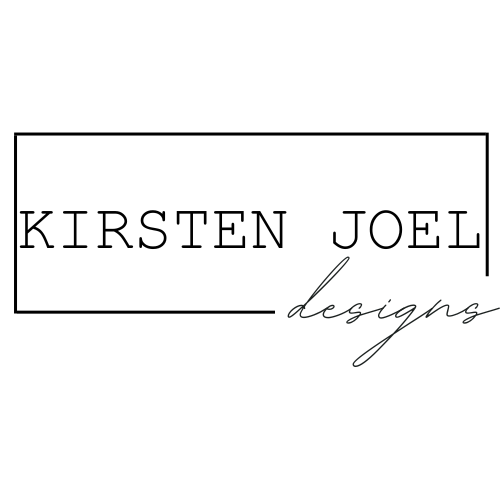How to Understand Knitting Ease & Get A perfect Fit
Have you ever purchased a knit sweater pattern and finished knitting it, only to find that it doesn’t fit quite right? It’s too baggy and loose, or it’s just too tight and restricting. Assuming you had the correct gauge, it's likely that you chose a size with the wrong amount of ease. In this post, I’ll teach you how to understand ease and knit a sweater that fits YOU the way YOU want. After today, you’ll be able to choose a size with confidence and know that you’ll have a perfectly fitting sweater.
What is Ease?
Ease is essentially the difference between a garment’s finished measurements and your body’s measurements, most often measured at the chest. There are three types of ease: positive, none, and negative. Once you understand ease, you’ll be able to choose the pattern size that suits your body type and fit preference.
Positive Ease
A garment that measures larger than your body. This results in a relaxed to oversized fit.
No Ease
A garment that measures the same as your body. This results in a close fit.
Negative Ease
A garment that measures smaller than your body. This results in a very fitted garment or one that needs to accommodate a very stretchy fabric.
Note: If knitting a negative ease garment, you may need to add length as it will get shorter as it stretches over the body.
How knitting & crochet Designers Use Ease
Designers use ease for a myriad of reasons:
Adding ease to an armhole and sleeve cuff creates a flexible fit that allows easy arm movement.
Adding ease to the overall design adds the option to layer in colder months.
Using ease for design elements like balloon sleeves or billowy waists.
Adding ease can prevent buttonholes from gaping, giving a more relaxed fit at the hip for longer designs.
How to Calculate Ease
My patterns, and most patterns in the industry, specify the ease included in the pattern instructions and a recommended range to achieve the same look as the sample.
For example, my Your Slipover pattern includes a chest and finished chest measurement. Compare the following two lines:
Actual Chest Measurement: (26, 30, 34) [38, 42, 46] (50, 54, 58) [62, 66, 70]”
Finished Chest Measurement: (29, 32 ½, 36) [41 ½, 45, 48 ½] (52, 57 ½, 61) [64 ½, 68, 73 ½)”
Because the finished measurement is larger than the chest measurement, you know that the design includes ease built into the pattern. If your chest circumference is around 38”, you’ll want to knit the 41 ½” finished measurement size to achieve the same look as the sample.
If the measurements are the same, there is no ease in the design. So, if you want a more relaxed fit, choose a larger size to knit.
How to Calculate Your Preferred Ease
By understanding ease, you can leverage it to choose the size that will give you the desired finished look. For example, if you like a roomier sweater, you may opt to go up a size or two. You can go down a size or two for a more fitted look. The easiest way to calculate your preferred ease is to find your favorite sweater in your closet with a similar silhouette to the pattern you will make. Measure your chest circumference and the circumference of that sweater. Calculate the difference, which should be the ease you should target for your project.
Some Standard Chest Ease Measurements
Tight fit: 2 - 4” less
Close fit: 0”
Classic: 2-4”
Relaxed fit: 4 - 6”
Oversized fit: 6+” (most commonly used in drop shoulder designs)












